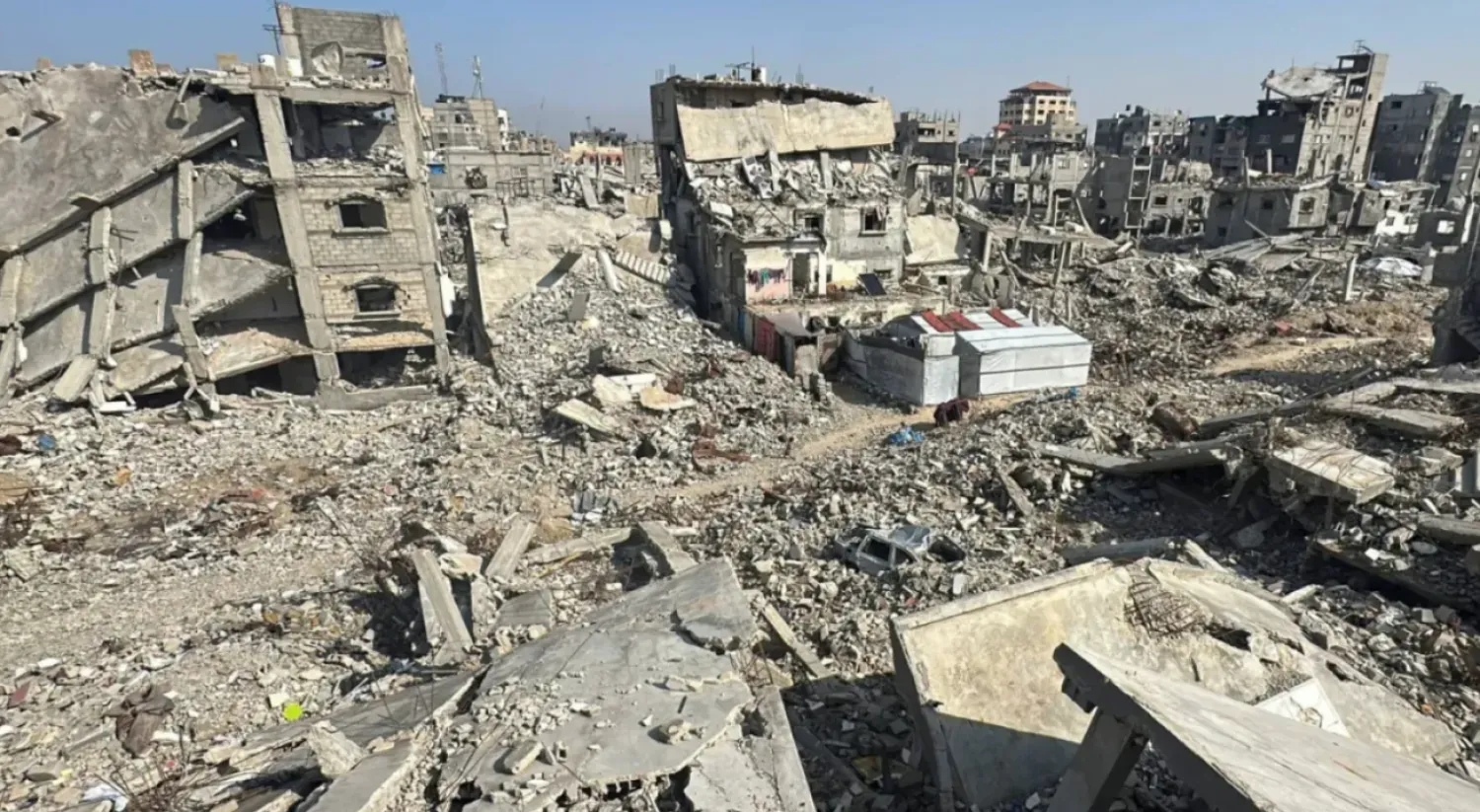Fear has gripped residents in northern Damascus, where cracks and fissures caused by Monday’s devastating earthquake threatened the collapse of homes and buildings.
The earthquake’s destruction was not limited to northwestern Syria. It also extended to areas north of Damascus.
Residents of the areas of Ish al-Warwar, Barzeh, Rukn al-Din and Sheikh Mohi al-Din have raised the alarm, civil sources said.
“Everyone is afraid... Cracks and fissures appeared in many buildings and houses,” sources told Asharq Al-Awsat, adding that residents fear another quake that would lead to the collapse of their homes.
Ish al-Warwar is located at the northern entrance to Damascus. It is located at the foot of a mountain that was seized a few decades ago by Syrians, arriving from the coast, who arbitrarily built houses there.
Many residents of this area sided with the regime during the war, which has been ongoing for nearly 12 years.
Moreover, old buildings can be found all over Barzeh, Rukn al-Din and Sheikh Mohi al-Din. This doesn’t bode well in case another quake hits.
Fear, however, is not exclusive to areas where the earthquake took its toll. It has also spread to regime itself. Regime areas are suffering from a severe economic crisis, oil and power shortages and lack the machinery needed to lead rescue missions.
Even before the quake, the regime was barely able to sustain its population. It goes without saying that the situation would aggravate more if a natural disaster hit, said the sources.
On Monday, no less than 185 aftershocks were recorded following the first two major earthquakes, which were centered in northeastern Türkiye.
Aftershocks had continued until dawn on Tuesday, the strongest of which was a tremor of 5.5 magnitude felt 9 km southeast of Golbasi, in southern Türkiye.
Syrian ministers held an emergency meeting chaired by President Bashar al-Assad on Monday morning to assess the damage and review response missions.









